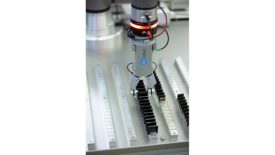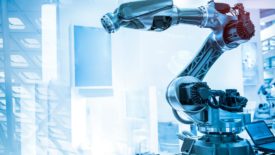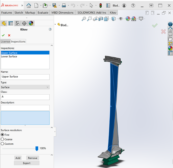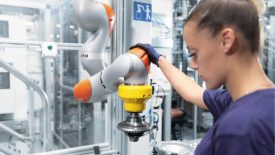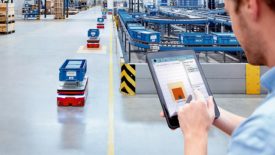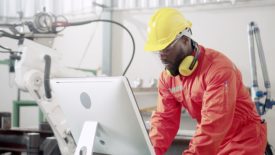Home » robotics
Articles Tagged with ''robotics''
Vision & Sensors | Collaborative Robots
Ease of use is one of the main attractions of collaborative automation.
Read More
NDT | Back 2 Basics
Robotic Computed Tomography Ready for NDE 4.0
Besides the automation of a CT system for NDE 4.0, it is very important to digitize the whole process for NDE.
August 8, 2022
Management
6 Key Considerations For Applying Collaborative Robots
The extent of collaboration helps determine the need for a cobot.
June 8, 2022
Quality in Automation | Column
Automation Use Surged in 2021 – and We’re Just Getting Started
Consider the automation trends that make it easier to automate in today's competitive environment.
April 8, 2022
NDT | Ultrasonics
Automated Inspection of Wind Blades Using a Collaborative Robot
Improve the nondestructive inspection workflow using the latest technology.
April 1, 2022
Face of Quality | Jim L. Smith
Transformation: History Reveals That Modernaization Creates More Jobs Than it Elminates
March 15, 2022
Vision & Sensors | Robotics
The Rise of Smarter Robots
Using a high-quality 3D camera, the robot can locate the part, regardless of orientation, and provide pick coordinates to the robot.
March 1, 2022
Test & Inspection
How Collaborative Is Your Manufacturing Application?
The design and operation of the manufacturing application will determine how and how often the human and robot will collaborate.
February 15, 2022
Stay in the know with Quality’s comprehensive coverage of
the manufacturing and metrology industries.
eNewsletter | Website | eMagazine
JOIN TODAY!Copyright ©2024. All Rights Reserved BNP Media.
Design, CMS, Hosting & Web Development :: ePublishing
